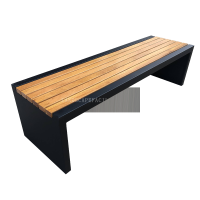Welcome to the website for landscape facilities products and knowledge.
Are there any user feedback systems in place to continuously improve the bin’s design and functionality?
In the era of smart technology, waste management has evolved with the introduction of intelligent bins designed to optimize efficiency and sustainability. A critical component of this innovation is the integration of user feedback systems, which play a pivotal role in continuously improving the bin’s design and functionality.
Many modern smart bins incorporate feedback mechanisms such as mobile apps, touchscreen interfaces, or QR code surveys. These tools allow users to report issues, suggest improvements, or rate their experience. For instance, if a sensor frequently malfunctions or the bin’s capacity is insufficient, real-time feedback helps manufacturers identify and address these pain points swiftly.
Additionally, some advanced models leverage AI to analyze usage patterns and automatically adjust features like compaction frequency or alert intervals. This data-driven approach ensures the bin adapts to user needs without manual input. Companies also collaborate with municipalities and businesses to gather large-scale feedback, refining designs for broader usability.
By prioritizing user input, smart bins become more intuitive, durable, and tailored to diverse environments—from urban streets to corporate offices. This iterative process not only enhances functionality but also fosters sustainable habits by making waste disposal seamless.
In conclusion, user feedback systems are indispensable for the ongoing evolution of smart bins, transforming them into indispensable tools for a cleaner future.
Related search:

Recommendation
Modern Stainless Steel Begonia Wood Park Chair Outdoor Courtyard Leisure Sun Protection Bench Long Seat